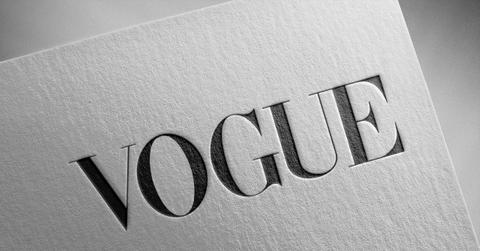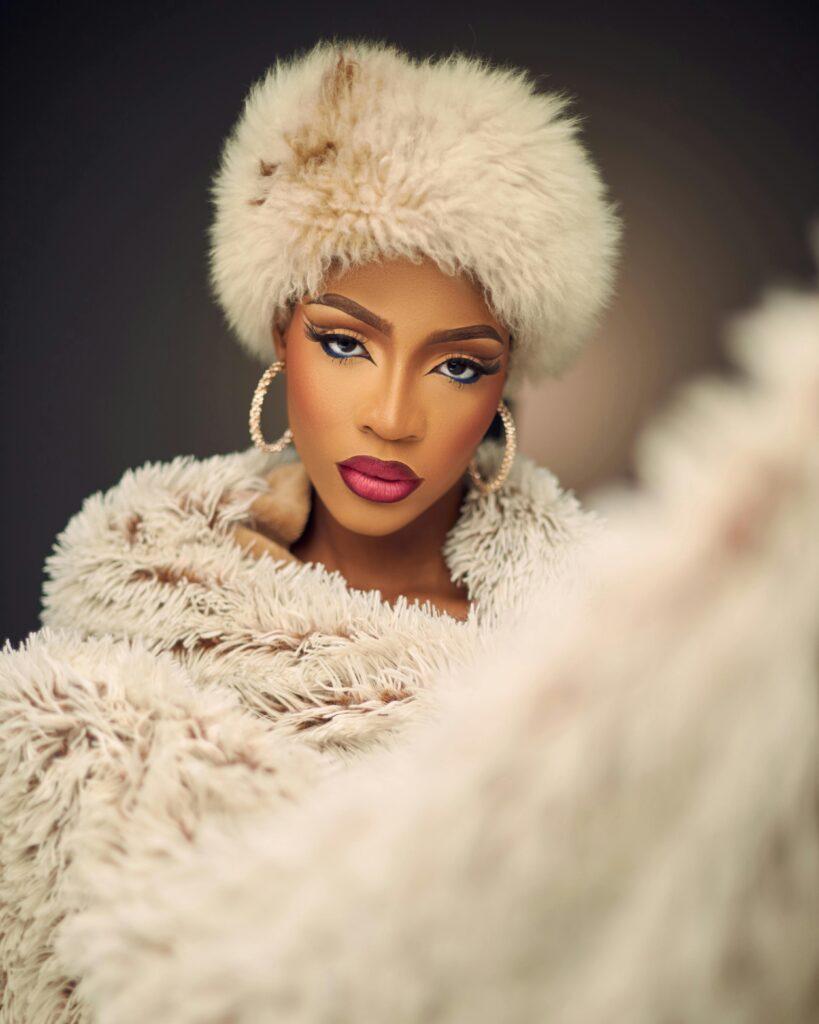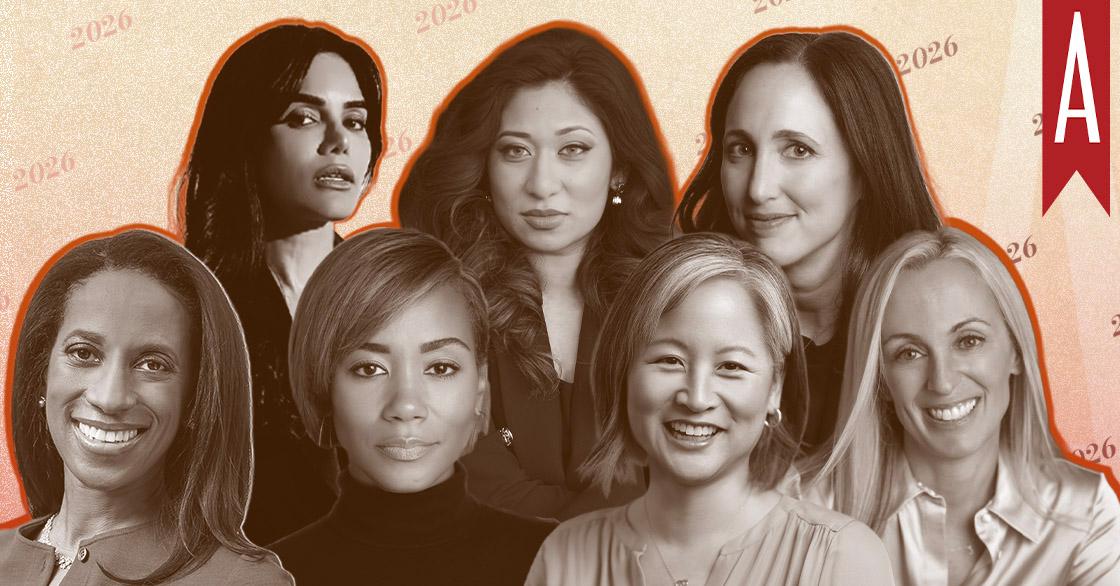Anna Wintour: A Fashion Icon’s Journey

This week marks a pivotal moment in the fashion world: Anna Wintour has announced she is stepping down as editor of Vogue.
Though she will remain a prominent figure within Condé Nast, her departure from the role she’s held for decades offers a moment to reflect on her lasting legacy — a career defined by bold vision, cultural influence, and a singular impact on the fashion industry.
Who Is Anna Wintour?
Often called the most powerful woman in fashion, Anna Wintour, born on Nov. 3, 1949, in London to a family of wealth and prestige, made her mark in the fashion world with unwavering determination.
As the daughter of newspaper editor Charles Wintour and philanthropist Elinor Wintour, Anna chose her path away from traditional academics, diving into London’s vibrant social scene of the 1960s, often seen with icons like The Beatles. Her fashion career began at Harper’s & Queen in London and took her to New York City in 1976, where she joined Harper’s Bazaar as a fashion editor. After gathering experience she became the editor of British Vogue in 1986, striving to make it “pacy, sharp, and sexy” to mirror the aspirations of ambitious, modern women.
In 1988, they appointed her as editor-in-chief of American Vogue, and she held the role until 2025, making her the longest-serving editor in its history. Anna revitalized Vogue with groundbreaking changes, creating and emphasizing many fashion trends we are all familiar with.
Fashion Trends
Anna played a pivotal role in elevating American designers, significantly impacting the fashion landscape both domestically and internationally. She significantly impacted designers like Marc Jacobs and Alexander McQueen by spotlighting their work in Vogue, bridging the gap between designers and retailers.
Anna’s involvement with the Council of Fashion Designers of America (CFDA) has been instrumental in nurturing new talent. She has been a staunch supporter of the CFDA/Vogue Fashion Fund, which provides financial support and mentorship to up-and-coming designers, helping them realize their creative visions and strengthen their brands. Many successful designers, such as Alexander Wang, Proenza Schouler, and Joseph Altuzarra, have been beneficiaries.
Anna’s conscious use of minimalism in both makeup and staging has been an influential editorial concept since it began in the 90’s, putting all the focus on the fashion itself. She is also known for pioneering the “high-low” mix; the combination of expensive and normal clothes to create a look, after her cover featured blue jeans with a designer Christian Lacroix top.
Anna transformed the face of American Vogue by featuring celebrities on its covers, a departure from the exclusive focus on supermodels under Mirabella, the previous editor. She recognized the cultural power and wide appeal of celebrities, using their influence to reach a broader audience and invigorate the magazine’s presence on newsstands. By placing actors, musicians, and other high-profile personalities at the forefront, Anna cleverly tapped into their fan bases, bridging the gap between fashion and mainstream pop culture.

Anna has elevated haute couture and the Met Gala to unparalleled heights, making both synonymous with high fashion and exclusivity. Under her guidance, the Met Gala transformed from a niche event into a globally recognized fashion spectacle, often referred to as “the Oscars of the fashion world.” Her influence has been crucial in securing daring, avant-garde creations from top designers, turning the Met Gala red carpet into a showcase of couture artistry. She has raised over $300 million for the MET during her career.
One more controversial fashion trend Anna has embraced is the use of real fur in fashion. Throughout her tenure at American Vogue, she often featured fur in the magazine’s pages, reflecting her belief in showcasing a wide range of fashion materials and luxury. This stance has drawn both criticism and praise, placing her at the center of an ongoing ethical conversation within the industry. She has an ongoing “feud” with PETA, rejecting money and ads from them, and being one of the few people who draws attention to how bad fake fur is to the environment.

Beyond The Magazine
Her fearless stance extended beyond fashion as she criticized political figures for adopting antiquated perceptions towards women’s appearances, notably with her commentary on Hillary Clinton’s 2008 campaign. Her work contributions were recognized by honors such as her Dame Commander title from the British Empire and the Presidential Medal of Freedom in 2025.
Anna’s tenure transformed Vogue into a fashion powerhouse, and her influence reshaped industry standards. Remaining the global editorial director of Vogue and chief content officer at Condé Nast, she continues to wield significant influence over the fashion world, securing her place as a defining figure in its modern history.






